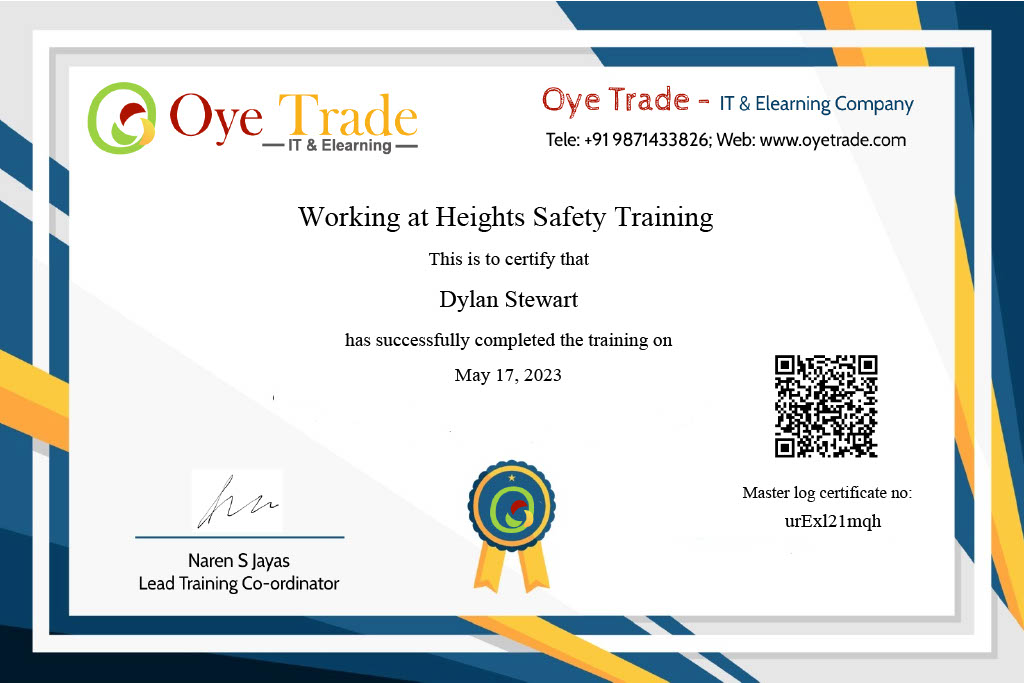Explore our comprehensive online training course on Physical and Mental Health at Work to discover how to create a safe and healthy workplace environment. You'll learn practical strategies to manage risks like noise, vibration, and radiation, as well as tackle mental health challenges, workplace violence, and substance abuse. Enroll now to gain essential skills for fostering a safer, happier, and more productive work environment. Trusted by professionals and trainees worldwide, including Canada, the US, UAE, Australia, South Africa, and the UK.
$20 *Payable for digital course completion certificate



Join our online training to learn how to protect your physical and mental health at work. We'll cover crucial topics like noise, vibration, radiation, mental health challenges, workplace violence, and substance abuse in straightforward language.
This course provides foundational awareness of workplace risks and practical methods to mitigate, prevent, and control them..
The goal is to equip individuals with safety knowledge to plan, manage, and execute workplace activities securely.
Upon successful completion, you'll receive a course completion certificate.
Discover practical strategies to minimize exposure to harmful factors like noise, vibrations, and radiation, ensuring a safer workplace. Learn to recognize signs of mental health issues and acquire tools to manage stress, anxiety, and depression effectively.
Additionally, we'll address ways to prevent workplace violence and promote a culture of respect and safety. Gain insights into identifying and handling substance abuse issues in the workplace, supporting yourself and others in need.
Upon completing the training and assessment, you'll receive a certificate, demonstrating your knowledge to employers and enhancing safety and proficiency in any work setting.
Through interactive modules, real-life scenarios, and expert guidance, you'll develop the skills and knowledge to foster a healthier workplace. Enroll now and take the first step toward creating a workplace where physical and mental well-being thrive.
You should join this course because it equips you with essential knowledge and skills to create a safer, healthier, and more supportive workplace environment. Here are several compelling reasons to enroll:

Download the course syllabus and study guide.
Download Now
At the end of this course, participant should be able to demonstrate understanding of the content through application of knowledge to familiar and unfamiliar situations. In particular, they should be able to:

For any query please reach us at:
Email - naren@oyetrade.com
Call - +91 9871 433 826